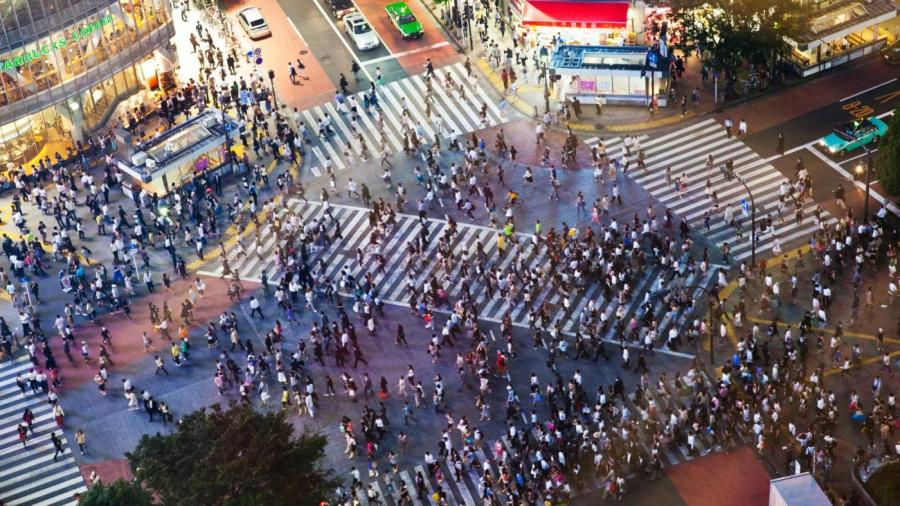What Are the Effects of Mass Movement on People?

Mass movement, or mass wasting, has significant effects on humans, including loss of property, severe injury and death. This has become a larger problem as the human population grows and people have spread over more previously uninhabited land. The effects are also greater in underdeveloped countries that lack zoning laws, information and disaster preparedness.
Mass movement is the movement of surface material, such as soil, rocks and debris, caused by gravity and other underlying conditions, such as water, wind, ice and human activity. Landslides, rockfalls and avalanches are examples of mass movement. Mass movement events typically cause over $20 billion in property damage and between 40 and 50 deaths per year in the United States. Areas of the Appalachian and Rocky Mountains and the Pacific Coastal Ranges are most affected. The effects of mass movements are commonly much more severe in underdeveloped countries. Countries such as Nicaragua, Peru and Colombia have experienced devastating landslides and mudslides in the past decades that killed thousands and buried entire towns.
Mass-movement events are classified and later analyzed by several characteristics, including rate of movement, type of movement and type of material involved. Factors that affect mass movement are the steepness and stability of a slope, the makeup of slope material and the amount of water it holds.





